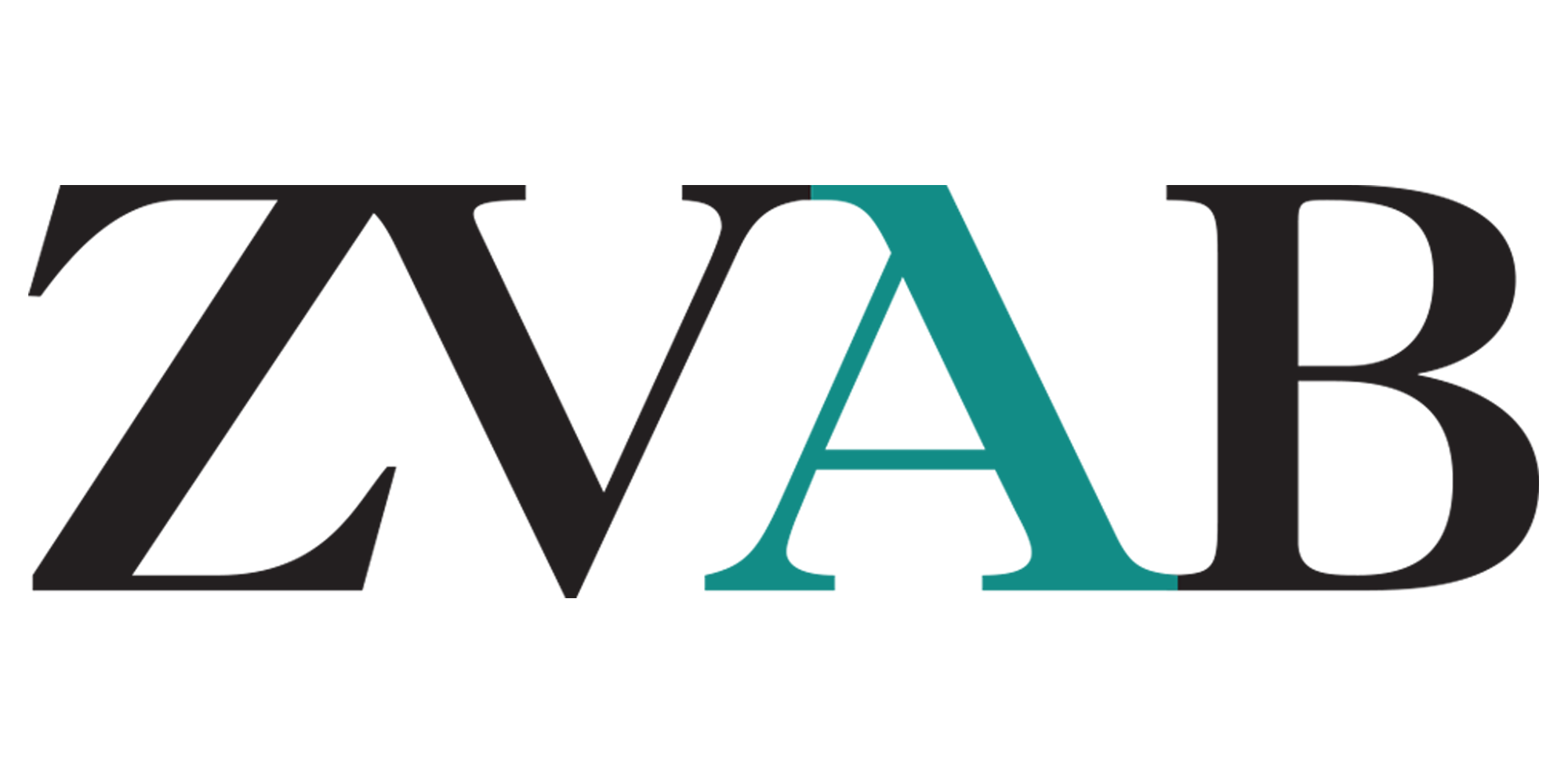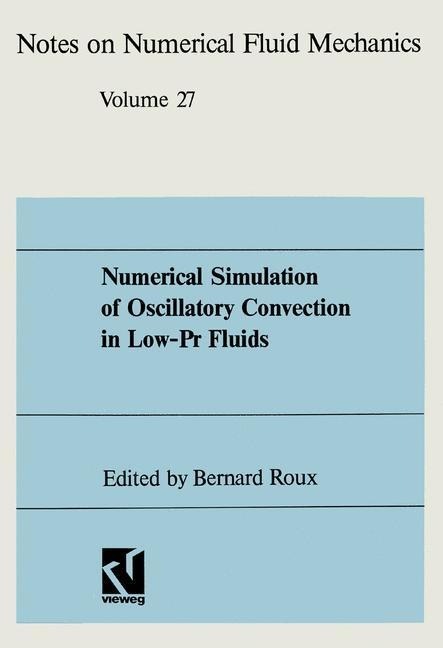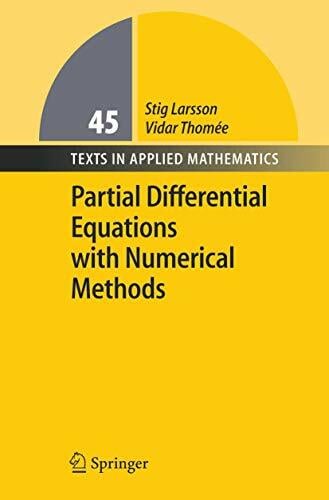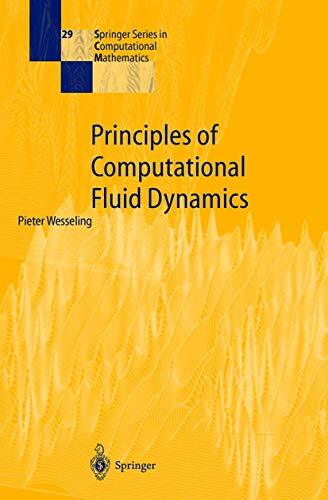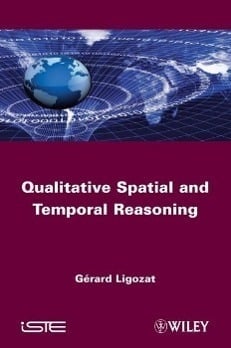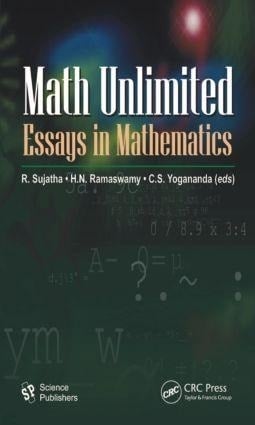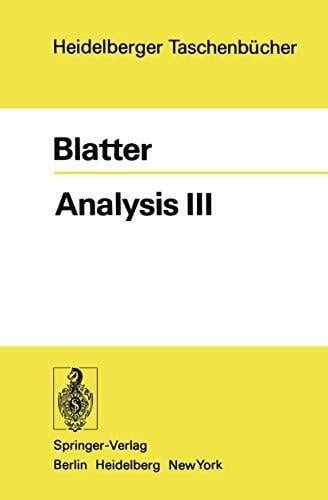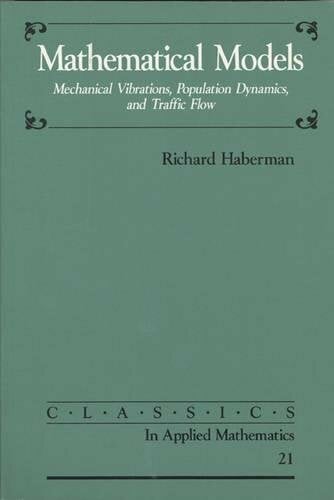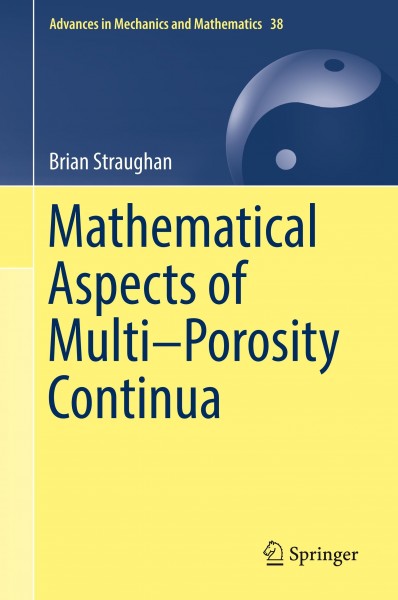
Mathematical Aspects of Multi-Porosity Continua
Kurzinformation
inkl. MwSt. Versandinformationen
Artikel zZt. nicht lieferbar
Artikel zZt. nicht lieferbar

Beschreibung
This book is devoted to describing theories for porous media where such pores have an inbuilt macro structure and a micro structure. For example, a double porosity material has pores on a macro scale, but additionally there are cracks or fissures in the solid skeleton. The actual body is allowed to deform and thus the underlying theory is one of elasticity. Various different descriptions are reviewed. Chapter 1 introduces the classical linear theory of elastodynamics together with uniqueness and continuous dependence results. Chapters 2 and 3 review developments of theories for double and triple porosity using a pressure-displacement structure and also using voids-displacement. Chapter 4 compares various aspects of the pressure-displacement and voids-displacement theories via uniqueness studies and wave motion analysis. Mathematical analyses of double and triple porosity materials are included concentrating on uniqueness and stability studies in chapters 5 to 7. In chapters 8 and 9 the emphasis is on wave motion in double porosity materials with special attention paid to nonlinear waves. The final chapter embraces a novel area where an elastic body with a double porosity structure is analyzed, but the thermodynamics allows for heat to travel as a wave rather than simply by diffusion. This book will be of value to mathematicians, theoretical engineers and other practitioners who are interested in double or triple porosity elasticity and its relevance to many diverse applications.
Produktdetails

So garantieren wir Dir zu jeder Zeit Premiumqualität.
Über den Autor
Brian Straughan is a Professor in the Department of Mathematical Sciences at Durham University in Durham, UK. He is a member of the Center for the Coevolution of Biology and Culture, and his research interests include: computational mathematics, parti

- paperback
- 256 Seiten
- Erschienen 2025
- Birkhäuser

- Kartoniert
- 204 Seiten
- Erschienen 2007
- Springer
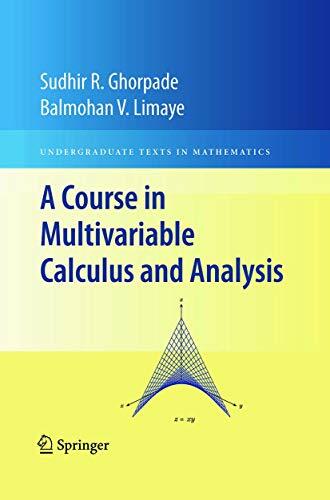
- Gebunden
- 488 Seiten
- Erschienen 2009
- Springer

- Kartoniert
- 165 Seiten
- Erschienen 2020
- De Gruyter

- Kartoniert
- 272 Seiten
- Erschienen 2004
- Springer

- Kartoniert
- 396 Seiten
- Erschienen 2019
- Springer Spektrum
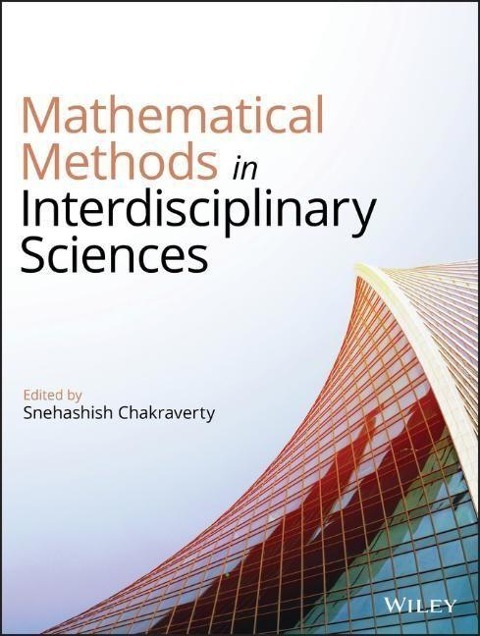
- Hardcover
- 464 Seiten
- Erschienen 2020
- John Wiley & Sons Inc

- hardcover
- 797 Seiten
- Erschienen 1981
- Academic Press Inc

- hardcover -
- Erschienen 1996
- Pearson




